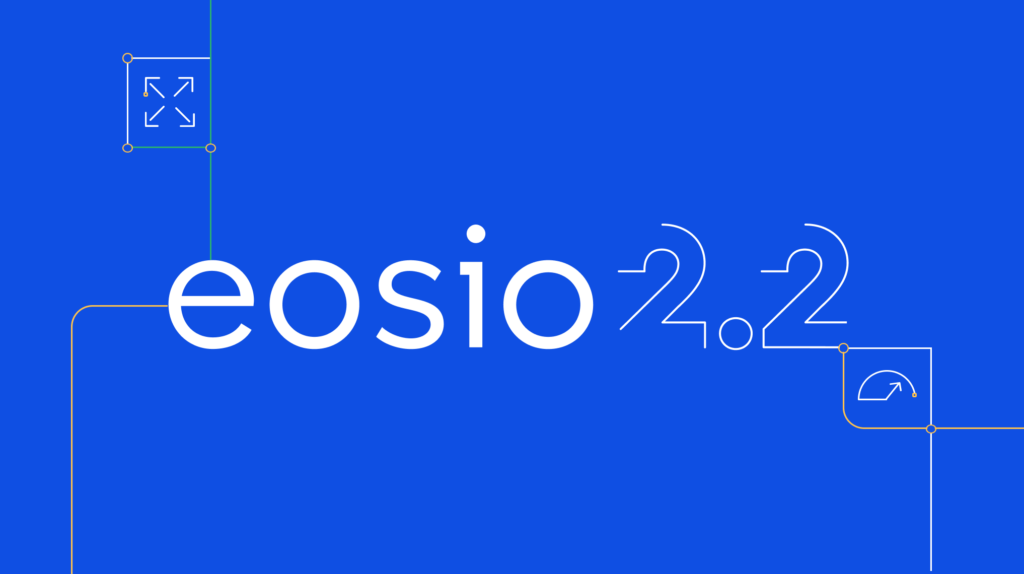
We are excited to introduce the EOSIO 2.2 release candidate, that supports the ongoing needs of developers and industries alike. The new features are designed to address composability and save time, offer application developers a wider range of resource management options, and provide more finely tuned control over data access privileges for private networks.
EOSIO 2.2 Release Candidate
The EOSIO 2.2 release candidate reflects input from the EOSIO community. It comprises three separate features, each specifically focused on developer usability, resource management, and greater control over data access.
Read-Only Queries
Blockchain developers must often make state data available to external processes. Prior to this release, access was limited to data directly stored in the DB or KV tables via the get_tables API, a mechanism which is exacting and inefficient.
Developers can now use this native feature to make data accessible to external processes, and utilize a new mechanism that supports more complex queries.
Read-Only Queries will:
- Enable developers to perform complex cross-table queries natively with table data from the same block height.
- Allow developers to logically couple the read and write code in their smart contract and simplify code management.
- Give developers insight regarding the consequences of a transaction before it is sent.
Resource Payer
Application end-users currently pay the costs for transacting on EOSIO public networks, making it difficult for application developers to onboard new users. The existing workaround, ONLY_BILL_FIRST_AUTHORIZER, complicates the experience for both developers and end users.
It is our desire to make it easier for developers building applications on EOSIO-based public networks to reach a wider audience. We believe providing developers an easier means to pay user transaction costs will offer a significant advantage to those growing communities on EOSIO. This feature provides a simple, secure way for EOSIO smart contract developers to designate a resource provider, set resource limits for a transaction, and enable users to transact without having to pay for resource costs.
Network Access Control
There is a demonstrable necessity for a widely supported data privacy solution for industries seeking to integrate with blockchain-based infrastructures. To better understand how to best architect a data privacy solution on EOSIO, we launched the EOSIO Data Privacy Working Group, the objective of which is to research, propose, and innovate blockchain-based privacy solutions.
We are iteratively developing solutions, and the Network Access Control feature represents the initial steps toward addressing a core use case identified by the data privacy working group. The feature allows blockchain administrators to form privacy groups and ensure that only authorized parties can join the network or access data. It is designed to reduce any metadata leaks while maintaining the immutability of records.
System architects can use this feature to add or revoke access via modifications to a privileged smart contract, and all connections from privacy group members are encrypted using TLS to follow best practices in protecting sensitive information.
We will continue to invest in features that make our platform more accessible, usable, and that make it easier for everyone from independent developers and startups to established organizations to build on EOSIO.
Stay Connected
We encourage developers to test the additional features in the EOSIO 2.2 release candidate, and provide us with feedback. If you would like to offer feedback on the release candidate of EOSIO 2.2 and work more closely with our team to improve EOSIO for developers, you can contact our developer relations team at developers[at]block.one.
The post EOSIO 2.2 Release Candidate: Feature Summary appeared first on EOSIO.